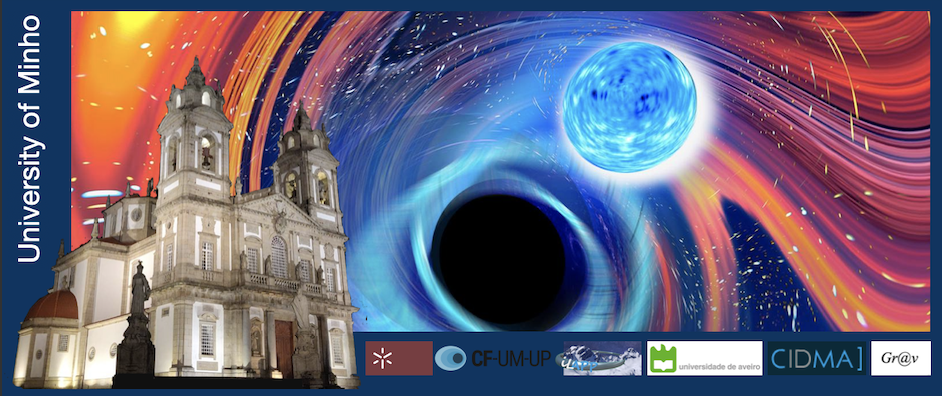Speaker
Description
During the third observing run of the LIGO and Virgo detectors a few gravitational wave (GW) signals from binary black hole (BBH) mergers with unequal masses have been detected. As detectors' sensitivity continues to increase, more systems with more asymmetric masses are expected to be detected, and therefore modelling of BBHs at all mass ratios is of preeminent relevance. Here we investigate two approaches to modeling BBH: 1) small mass-ratio (SMR) perturbation theory, and 2) numerical relativity (NR). We extend recent work on combining information from quasi-circular non-spinning NR simulations of BBHs with results from SMR perturbation theory to nonspinning eccentric BBHs. We produce a dataset of long and accurate eccentric non-spinning NR simulations with the Spectral Einstein Code (SpEC) from mass ratios 1 to 10, and eccentricities up to 0.7. We analyze these NR simulations, develop tools to map points in parameter space between eccentric NR and SMR configurations, and provide constraints on unknown higher order terms in the SMR expansion of the energy and angular fluxes, as well as the periastron advance in the limited parameter space in mass ratio covered by the NR simulations.
| Which topic best fits your talk? | Modelling and Machine Learning Algorithms |
|---|
